EGYPTIAN LIDDED LOTUS FLOWER VESSEL Old Kingdom, 2686-2181 BC An alabaster vessel in the form of an open lotus flower with triangular overlapping petals projecting above the rim; a separate lid sloping slightly to the top with ring handle open to the middle, the underside cut away to form a lip to sit on body of vessel; small foot to base of cup. 595 grams total, 11cm (4 1/4"). [2] Condition Fine condition, some flower tips repaired. Provenance Property of a Connecticut, USA, collector; acquired from the private collection of Mr & Mrs Carl Tautenhahn; Texas, USA; acquired prior to 1980. Literature For a similar example from Qau el-Kabir, see The Manchester Museum, accession number 7053; accompanied by a copy of the Cairo Museum catalogue page about this type of vessel. Footnotes This lotus flower vessel is only one of possibly four known to exist, the others being in the Cairo Museum, Ashmolean Museum, and Manchester Museum. The lotus flower closes in the evening a retreats under the water, only to appear again at dawn with the flower opening and orientating to the east. It was this that led the Egyptians to associate it with the sun and the concept of re-birth. In myth the lotus is described as 'the blossom which came into being at the beginning', and was believed to have appeared from Nun, the primeval waters of chaos. The lotus opened and revealed the sun-god Ra, casting his light into the eternal darkness; this is described in Chapter fifteen of the Book of the Dead where he is described as 'the golden youth, who came forth from the lotus'. In chapter eighty one of the same book the deceased utters the desire to be transformed into a sacred lotus, which is an expression for the hope of re-birth. A number of glazed composition vessels in the shape of lotus flowers have been found and it is believed they may have been used at festivals where the power of renewed life would be transferred to the person drinking from a cup in the form of the primordial lotus. Alabaster cups are rare, and only four are known from the Old Kingdom, including this example. A small number from the New Kingdom are known, such as so called 'wish cup' from the tomb of Tutankhamun which has the inscription 'May you spend millions of years, you who love Thebes, sitting with your face to the north wind, your two eyes beholding happiness'. A glazed composition plaque in the Eton College collection shows Tutankhamun in the act of drinking from a large lotus chalice. The lotus chalices seem to represent either the Blue Lotus, as in this example, or the White Lotus, and it seems from the evidence that those representing the white were used as drinking vessels, whilst those representing the blue were used only for ritualistic purposes.
EGYPTIAN LIDDED LOTUS FLOWER VESSEL Old Kingdom, 2686-2181 BC An alabaster vessel in the form of an open lotus flower with triangular overlapping petals projecting above the rim; a separate lid sloping slightly to the top with ring handle open to the middle, the underside cut away to form a lip to sit on body of vessel; small foot to base of cup. 595 grams total, 11cm (4 1/4"). [2] Condition Fine condition, some flower tips repaired. Provenance Property of a Connecticut, USA, collector; acquired from the private collection of Mr & Mrs Carl Tautenhahn; Texas, USA; acquired prior to 1980. Literature For a similar example from Qau el-Kabir, see The Manchester Museum, accession number 7053; accompanied by a copy of the Cairo Museum catalogue page about this type of vessel. Footnotes This lotus flower vessel is only one of possibly four known to exist, the others being in the Cairo Museum, Ashmolean Museum, and Manchester Museum. The lotus flower closes in the evening a retreats under the water, only to appear again at dawn with the flower opening and orientating to the east. It was this that led the Egyptians to associate it with the sun and the concept of re-birth. In myth the lotus is described as 'the blossom which came into being at the beginning', and was believed to have appeared from Nun, the primeval waters of chaos. The lotus opened and revealed the sun-god Ra, casting his light into the eternal darkness; this is described in Chapter fifteen of the Book of the Dead where he is described as 'the golden youth, who came forth from the lotus'. In chapter eighty one of the same book the deceased utters the desire to be transformed into a sacred lotus, which is an expression for the hope of re-birth. A number of glazed composition vessels in the shape of lotus flowers have been found and it is believed they may have been used at festivals where the power of renewed life would be transferred to the person drinking from a cup in the form of the primordial lotus. Alabaster cups are rare, and only four are known from the Old Kingdom, including this example. A small number from the New Kingdom are known, such as so called 'wish cup' from the tomb of Tutankhamun which has the inscription 'May you spend millions of years, you who love Thebes, sitting with your face to the north wind, your two eyes beholding happiness'. A glazed composition plaque in the Eton College collection shows Tutankhamun in the act of drinking from a large lotus chalice. The lotus chalices seem to represent either the Blue Lotus, as in this example, or the White Lotus, and it seems from the evidence that those representing the white were used as drinking vessels, whilst those representing the blue were used only for ritualistic purposes.
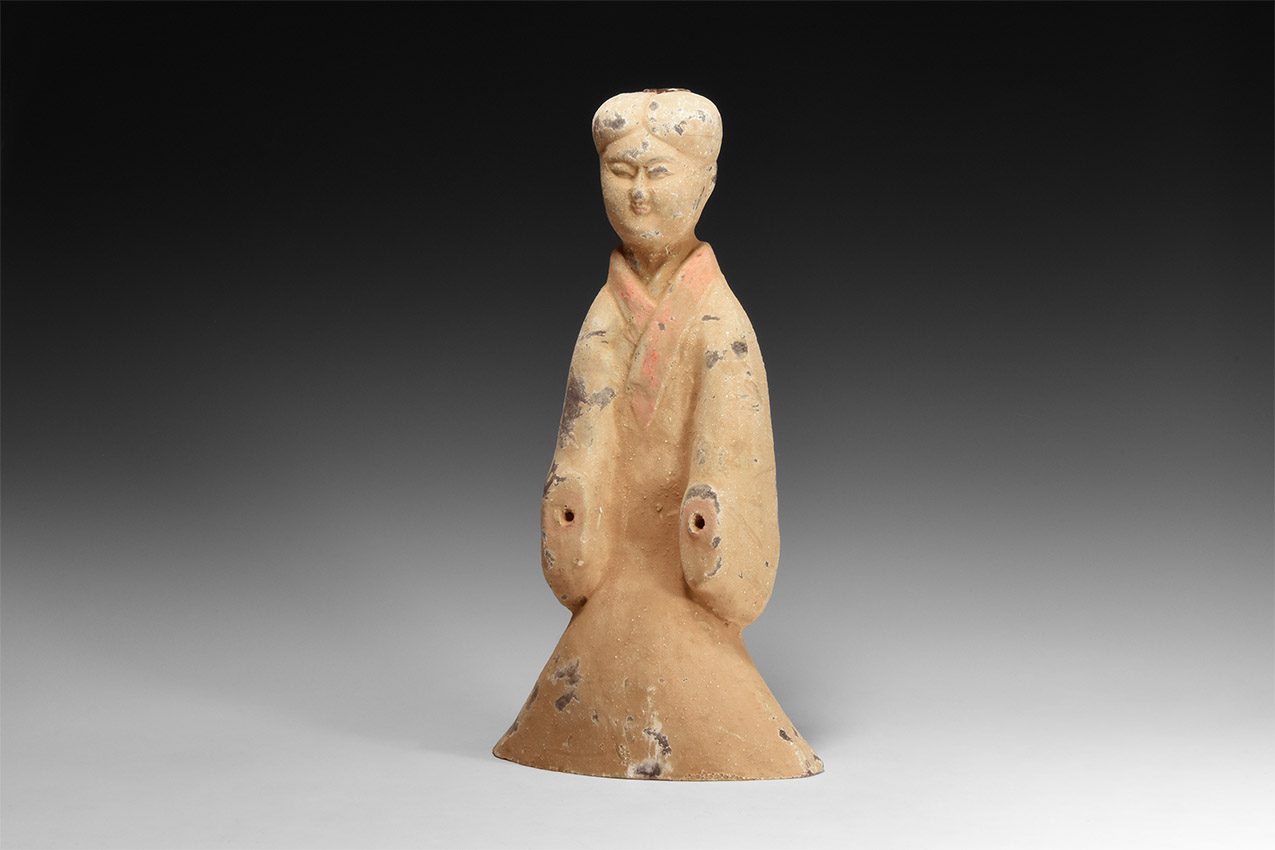
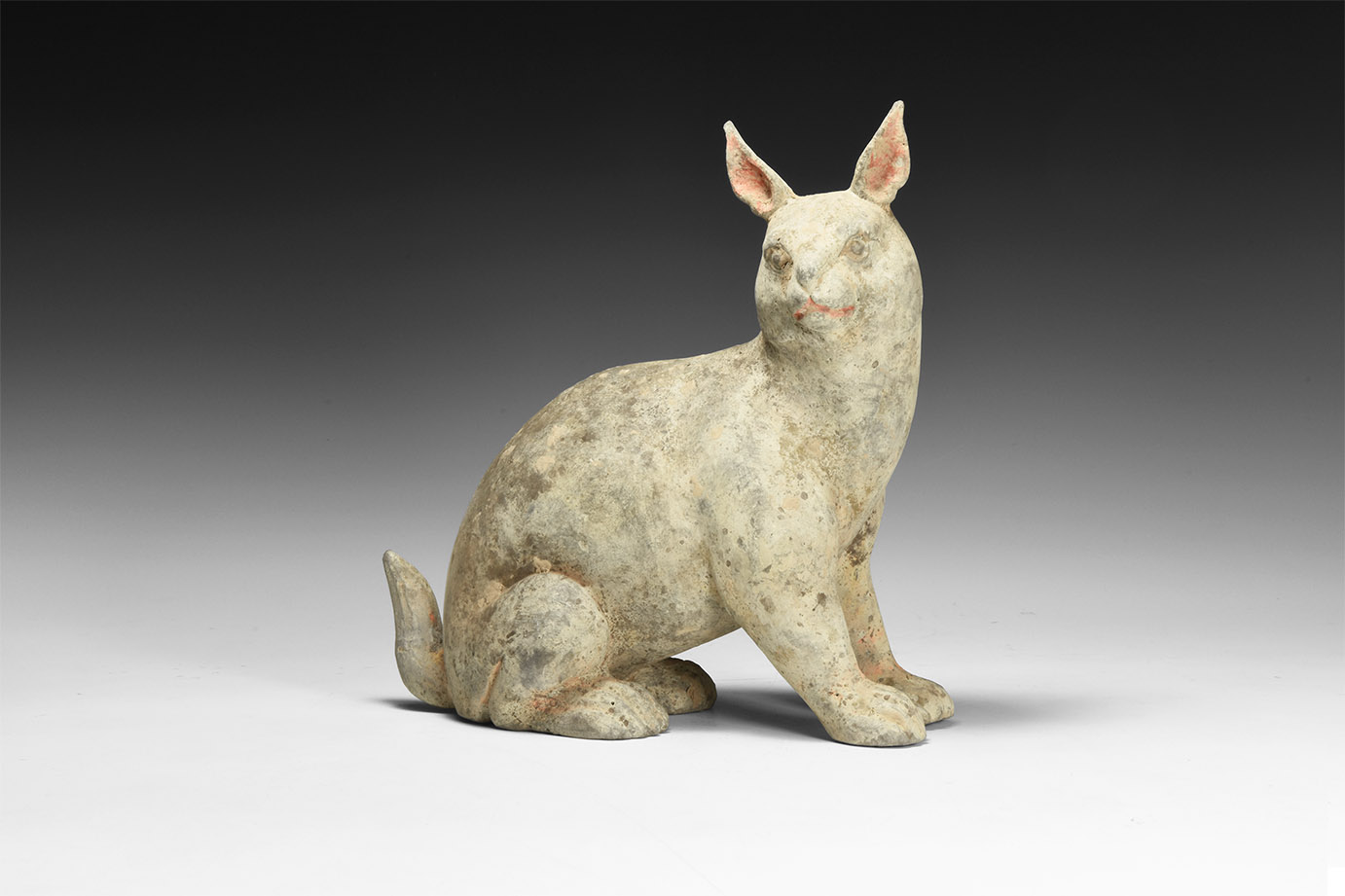
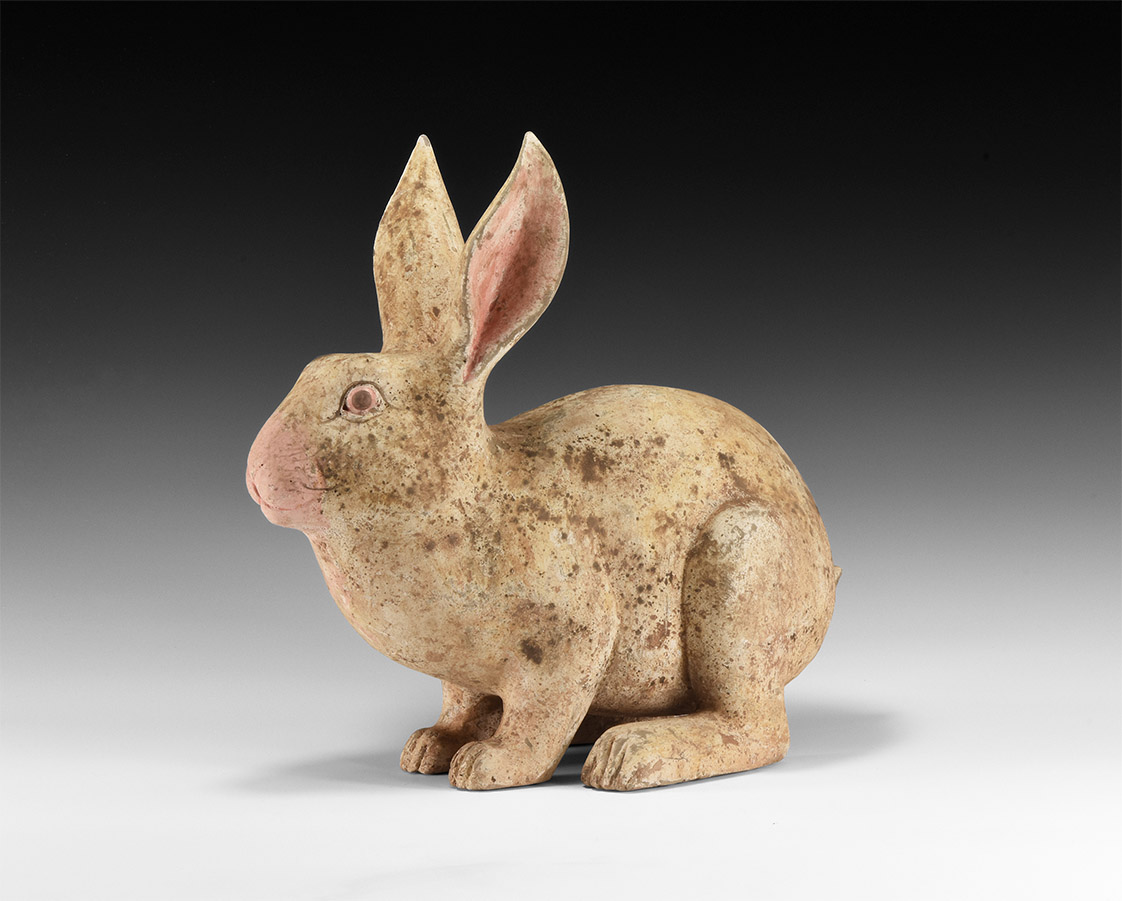
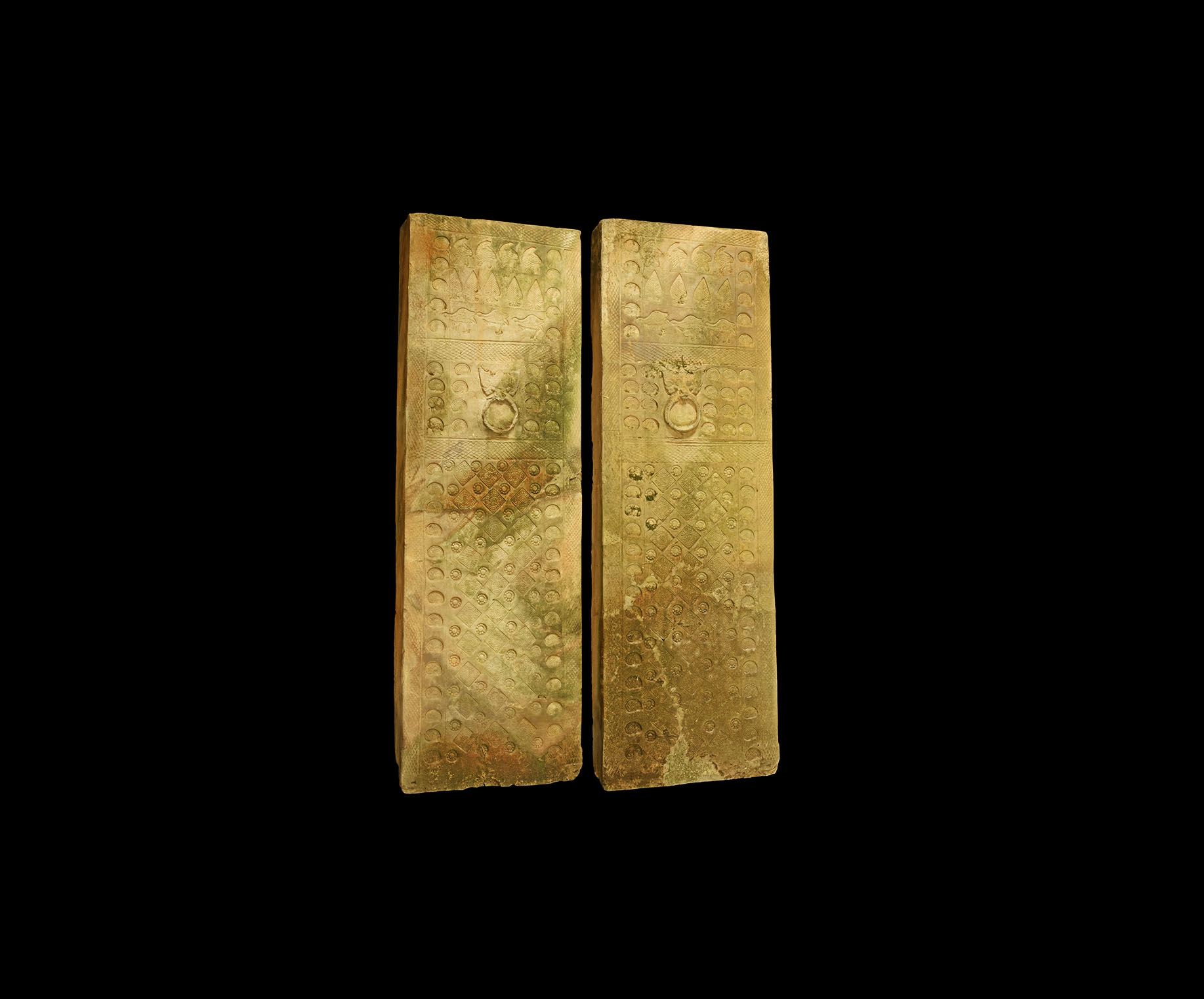
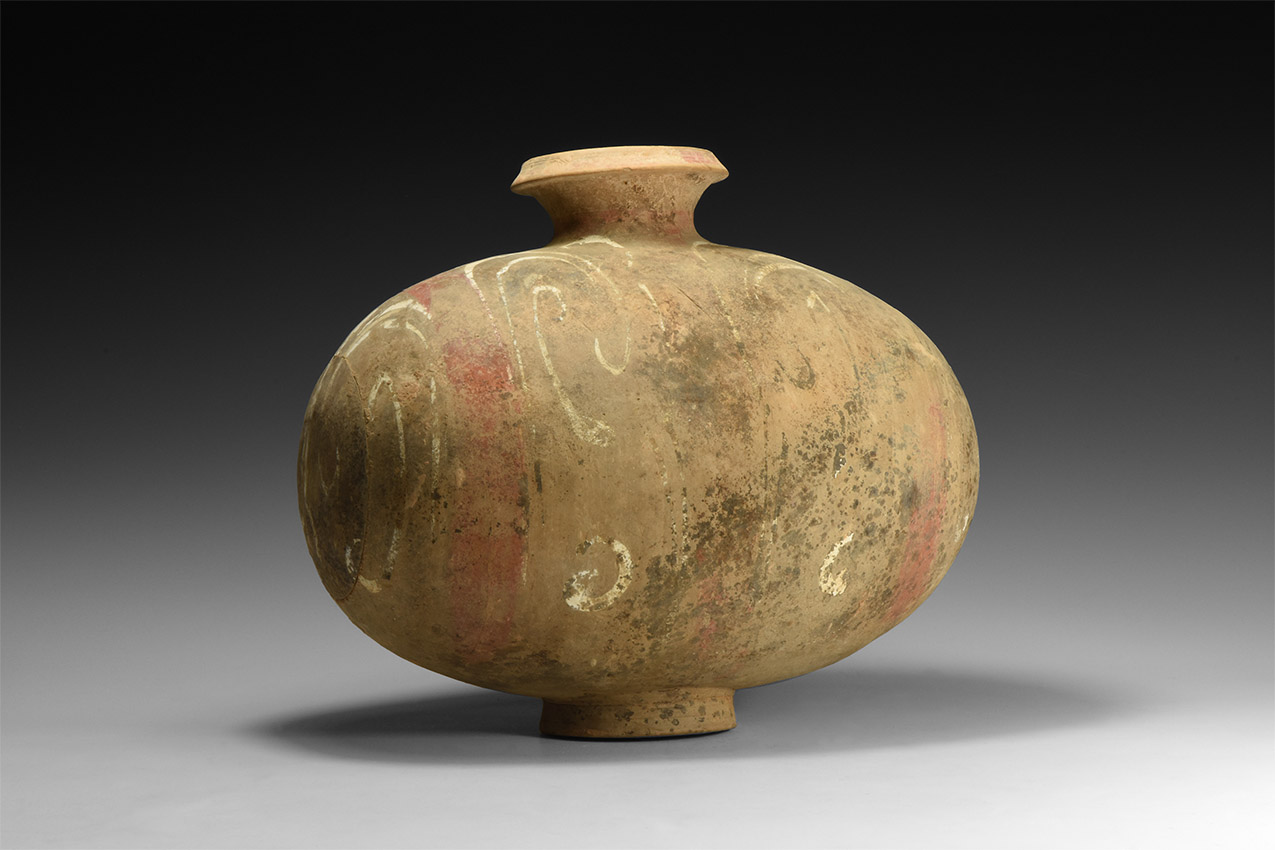
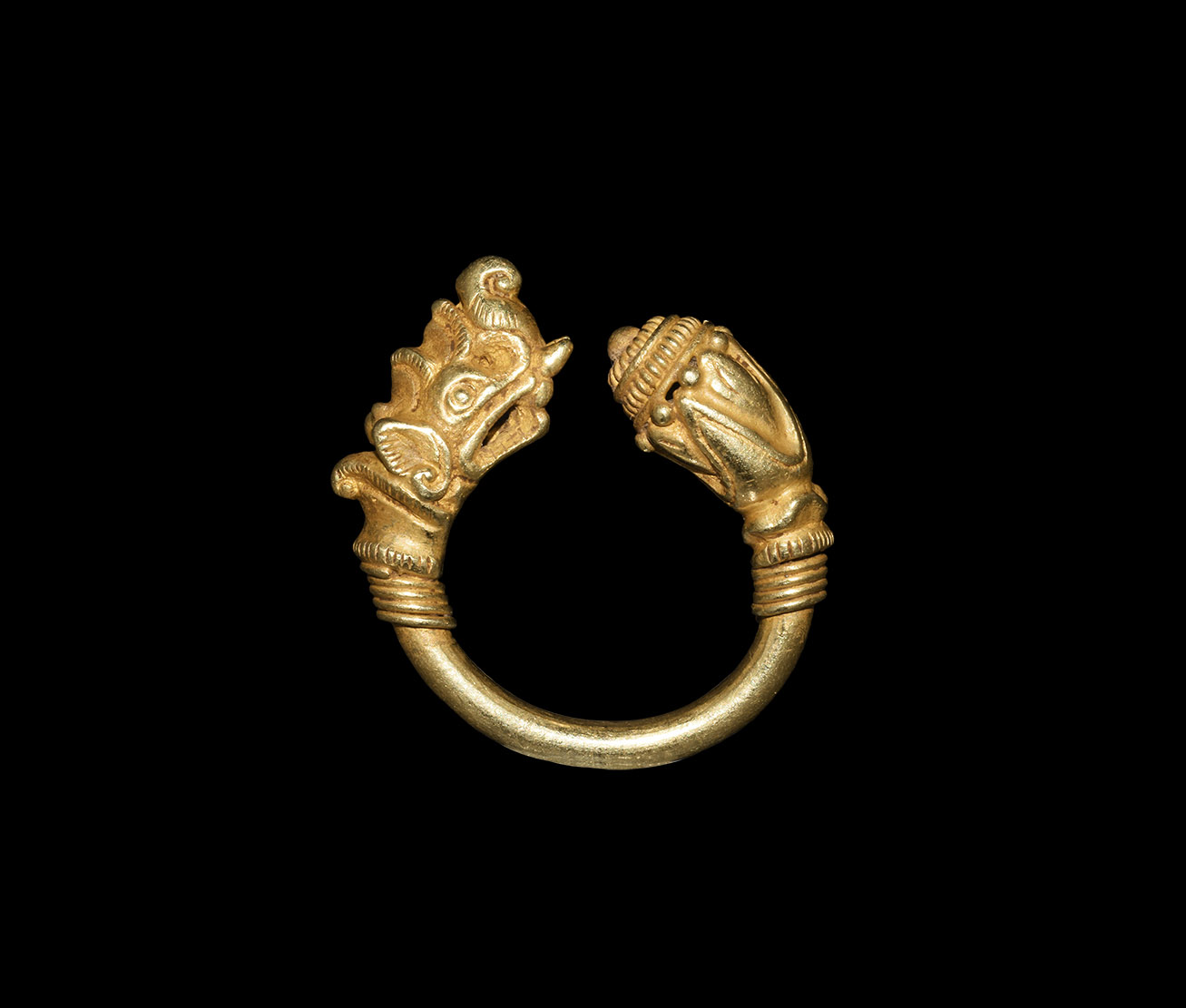
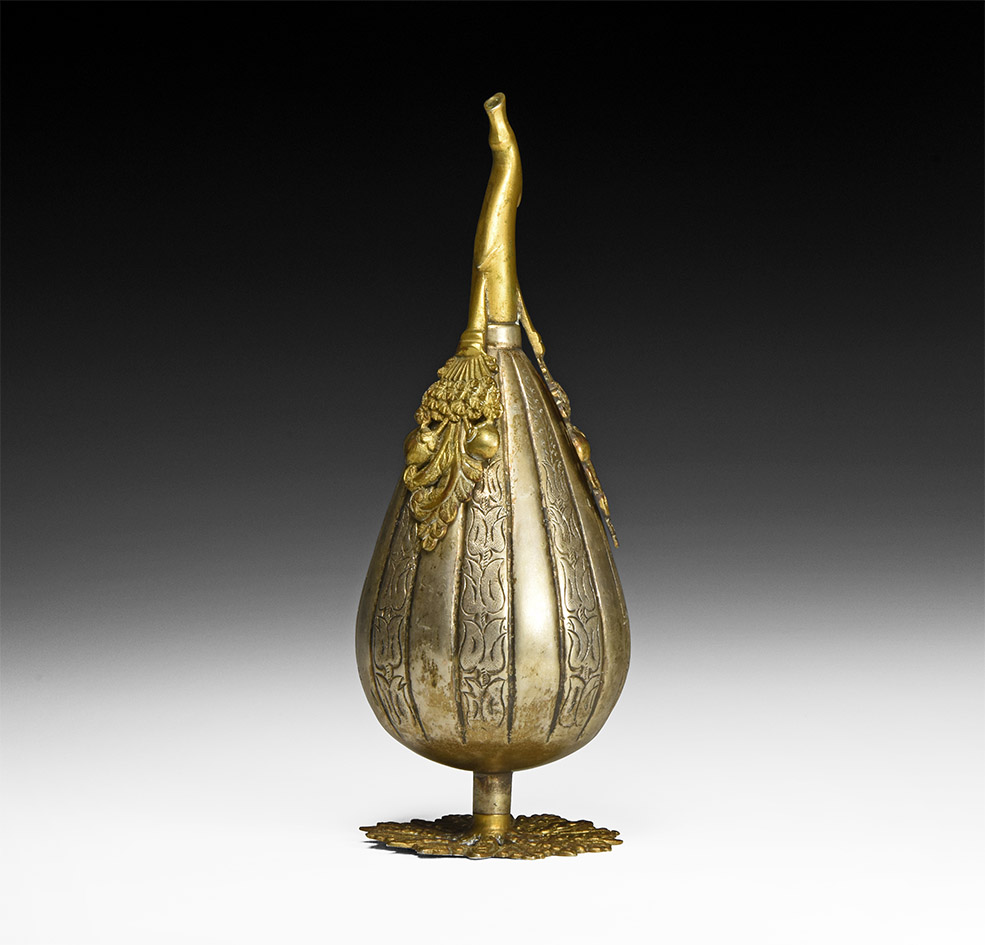
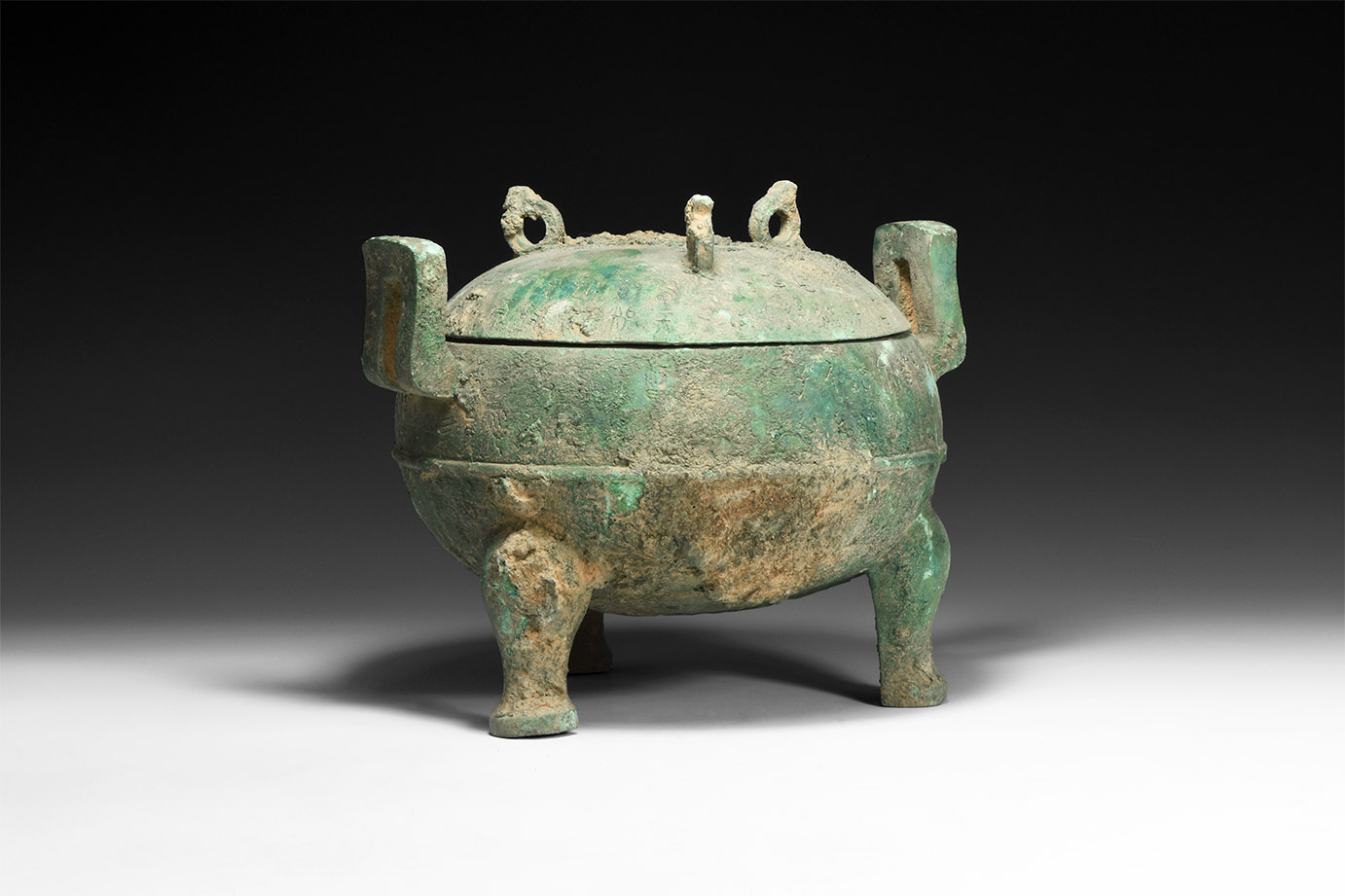
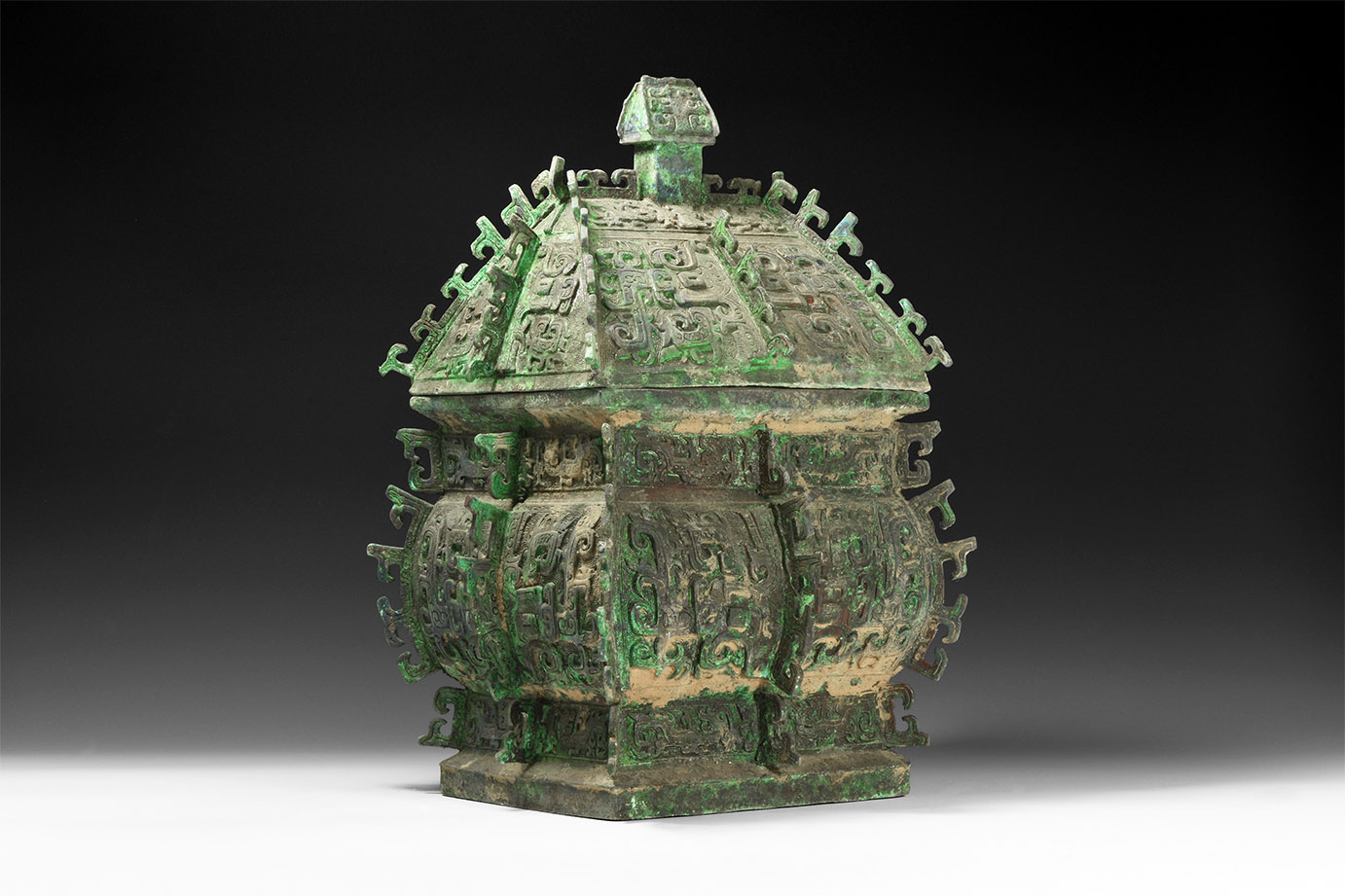
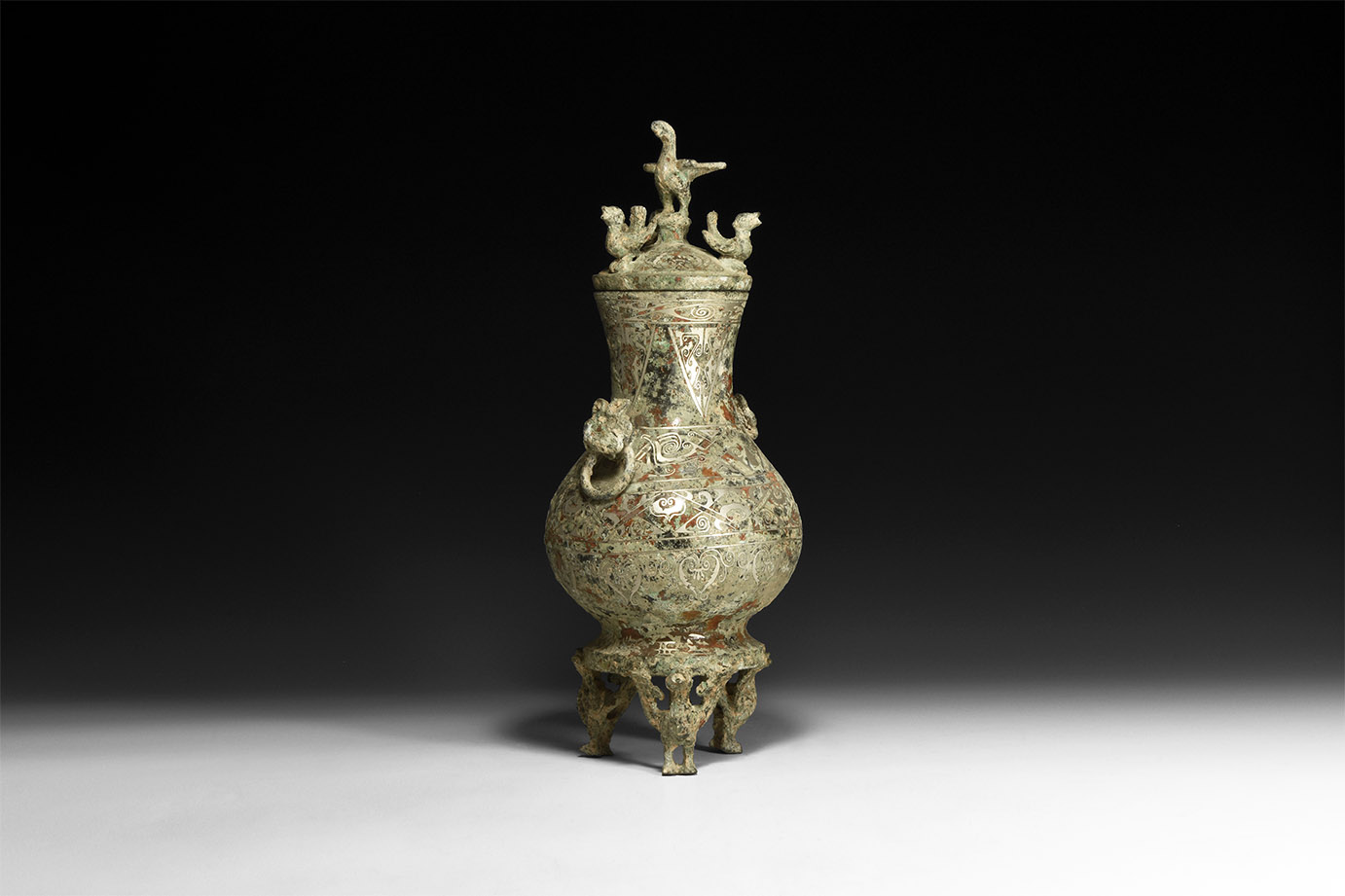
.jpg)
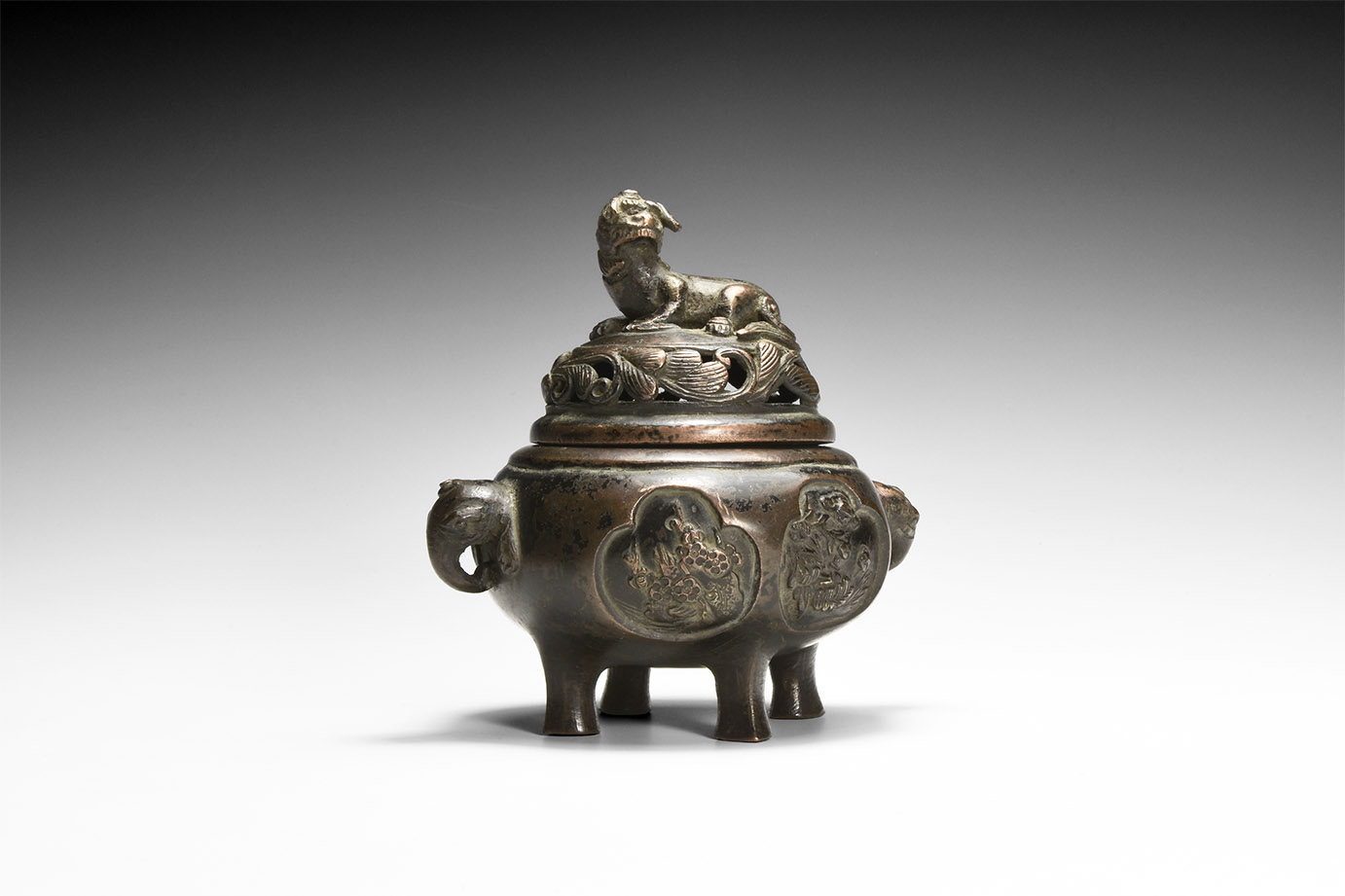
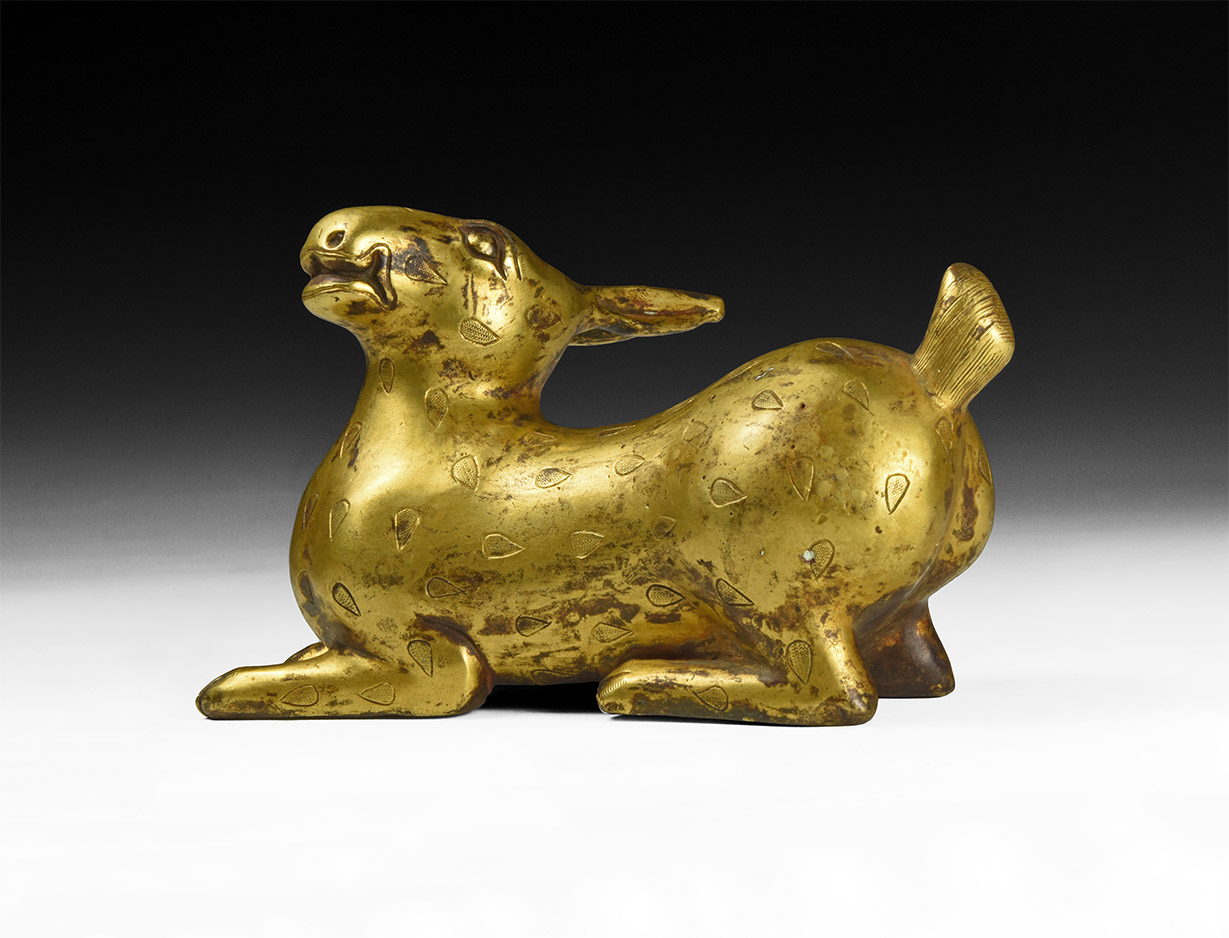
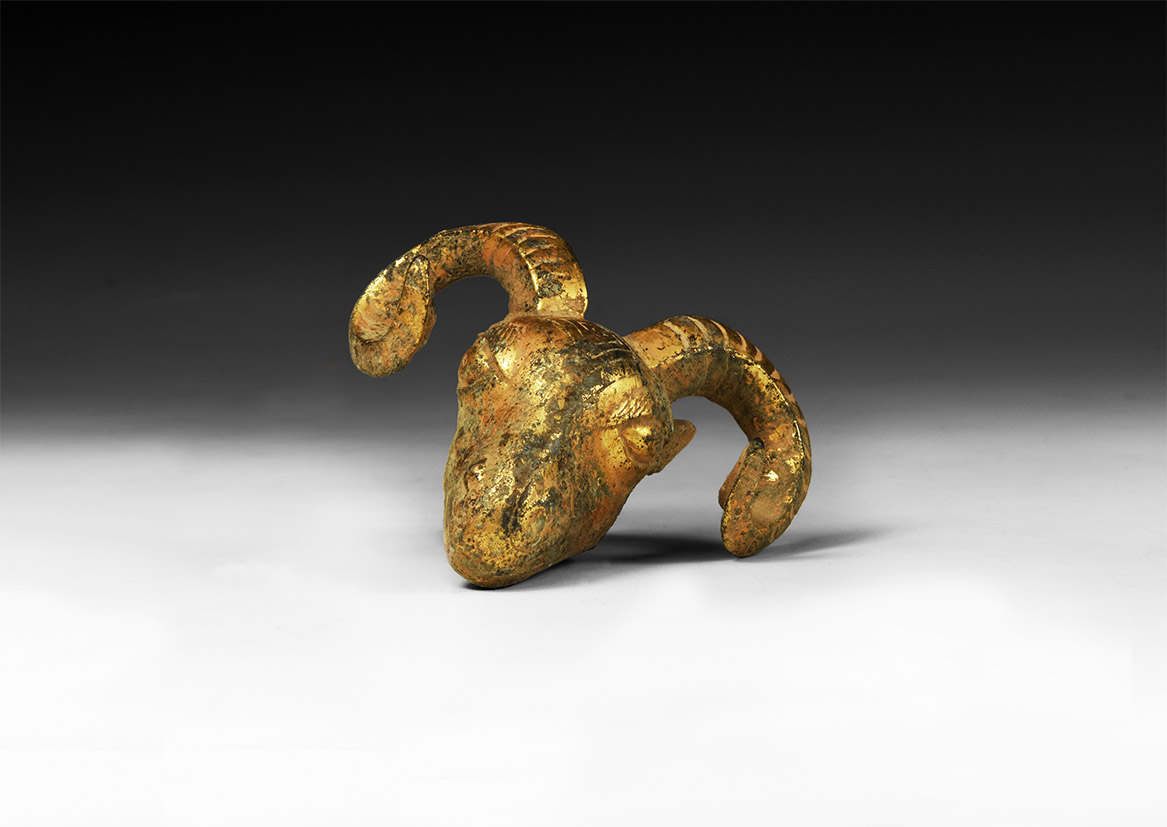
.jpg)
Testen Sie LotSearch und seine Premium-Features 7 Tage - ohne Kosten!
Lassen Sie sich automatisch über neue Objekte in kommenden Auktionen benachrichtigen.
Suchauftrag anlegen